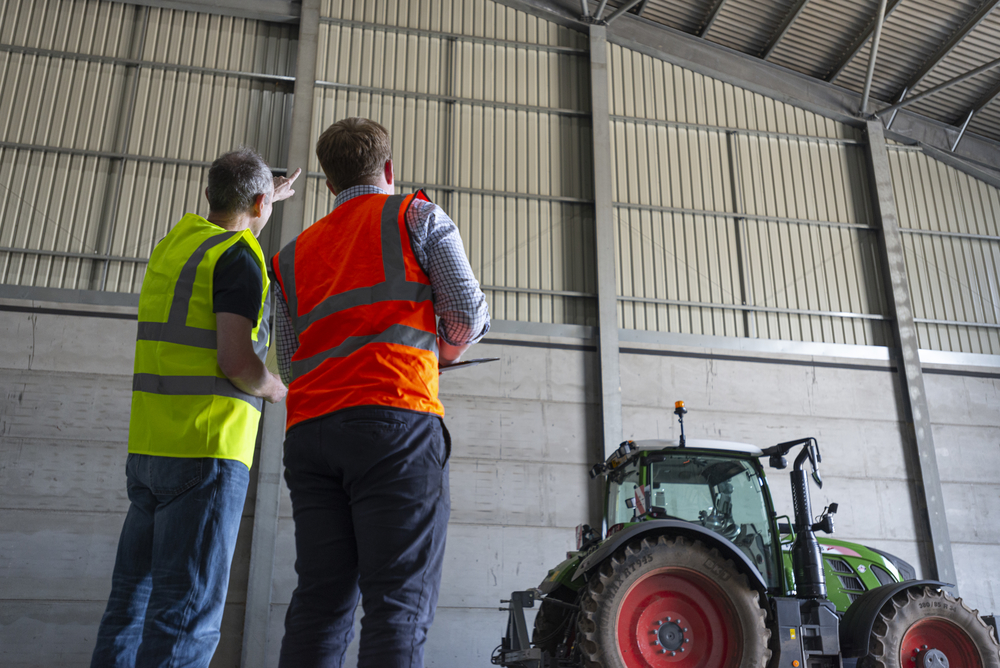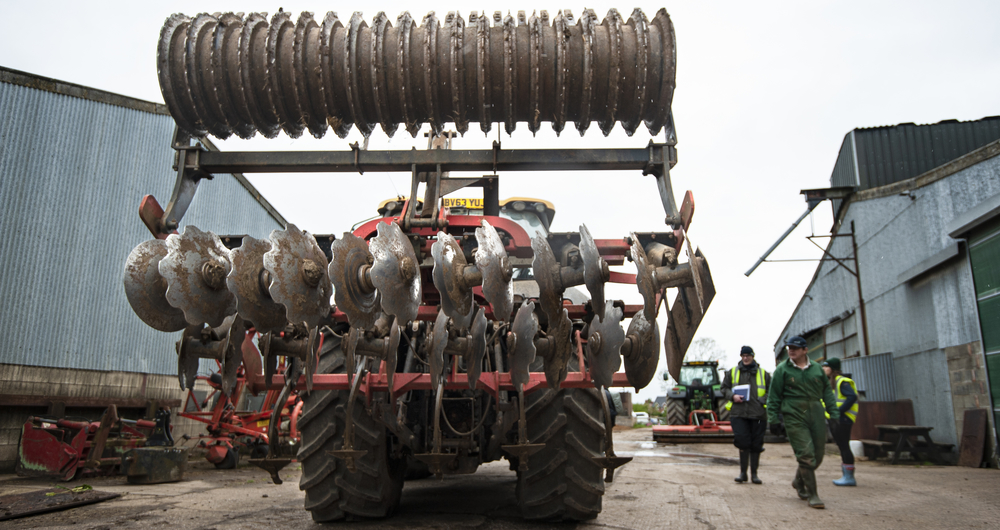The headline figures - 34 worker deaths and seven members of the public - stands in very stark contrast to the lowest ever fatal injury figures reported in the previous year. In 2019/20 there were a total of 21 deaths recorded in a farm workplace setting.
Does the increase in fatal injuries mean safety in agriculture has got worse?
The latest figures show that there has been no fundamental change and improvement in agriculture’s safety record over many years. Although 2019/20 saw the lowest ever recorded number of fatal injuries on farm it must be seen in context.
First, for many years agriculture has suffered from the poorest safety record of any major industry in Britain. The way to compare injury rates in industries employing hugely different numbers of people such as construction and agriculture is to look at injury rates per 100,000 persons employed. Using that measure, agriculture is the poorest performer, with an injury rate of 11.37 compared to an all-industry rate of 0.43 fatal injuries per 100,000 employed.
Secondly, the main causes of farm workplace death and serious injury have not changed for many years. Every year the main causes of incidents that result in farmers being killed are transport-related incidents, incidents involving livestock, and falls from height. By this measure, 2019/20 is no different to 2020/21 as the major causes of death and injury were the same.

Pictured above: Assessing the dangers of working at height
Is it expensive to improve safety on farm?
The solutions to reducing farm workplace death and serious injury are known, are often very easy to implement and can often be implemented at no cost or very little cost. Three actions that could help reduce farm deaths by up to 30% each year would cost a farmer a one-off payment of £45.
- Stop vehicles from moving by following Safe Stop.
Every year farmers get out of their cab without securing their vehicle and are run over and killed. There is no financial cost required to stop this happening. - Wear a seat belt.
Every year farmers are killed when vehicles overturn. Wearing a seat belt can prevent death and serious injury. There is no financial cost involved in putting a belt on. - Wear a crash helmet.
ATVs are for many farmers an essential tool of the trade but if they overturn can cause life threatening head injuries. The way to help prevent head injuries is to wear a crash helmet. The cost to buy a crash helmet is around £45.
The most valuable asset in any farm business is the people who work in it.
Is £45 too much to spend?
Further information
More from NFUonline
- Understanding risk management
- Working hours: How to get the right balance
- Read our analysis of HSE's fatal accidents report for 2020/21
- What's the cost of farming accidents
- Visit our NFU online Health, Safety and Wellbeing pages
